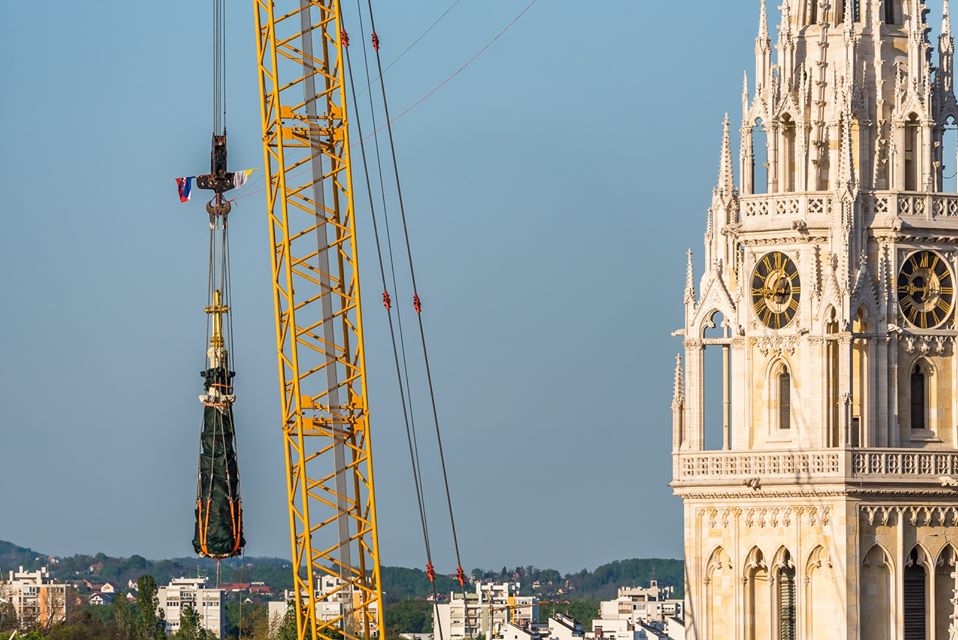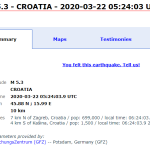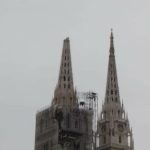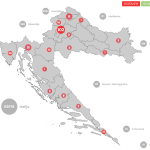April 22, 2020 – The Zagreb earthquakes of March 22, 2020 rocked a city already battling COVID-19. One of the many victims was arguably its most famous building, Zagreb Cathedral. Some thoughts from Marijana Rebic.
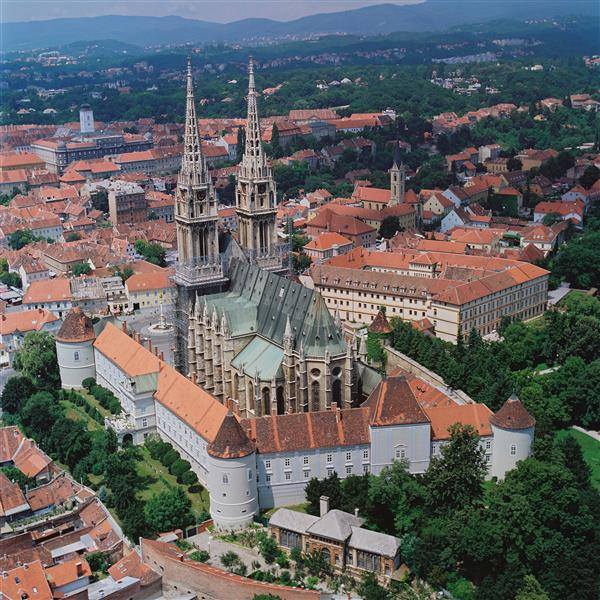
30 days after the earthquakes in Zagreb and surrounding areas
Zagreb’s cathedral was rebuilt after an earthquake in 1880, Zagreb’s cathedral will rebuilt after the earthquakes in 2020.
One month ago today, after 6 am local time on a Sunday, Zagreb, the Croatian capital city and its surroundings was struck by its biggest earthquake in 140 years ( the largest since 1880), causing widespread damage, including to the city’s cathedral, and the evacuation of hospitals. A 15-year-old child died, and 26 others were injured as a result of the quake.
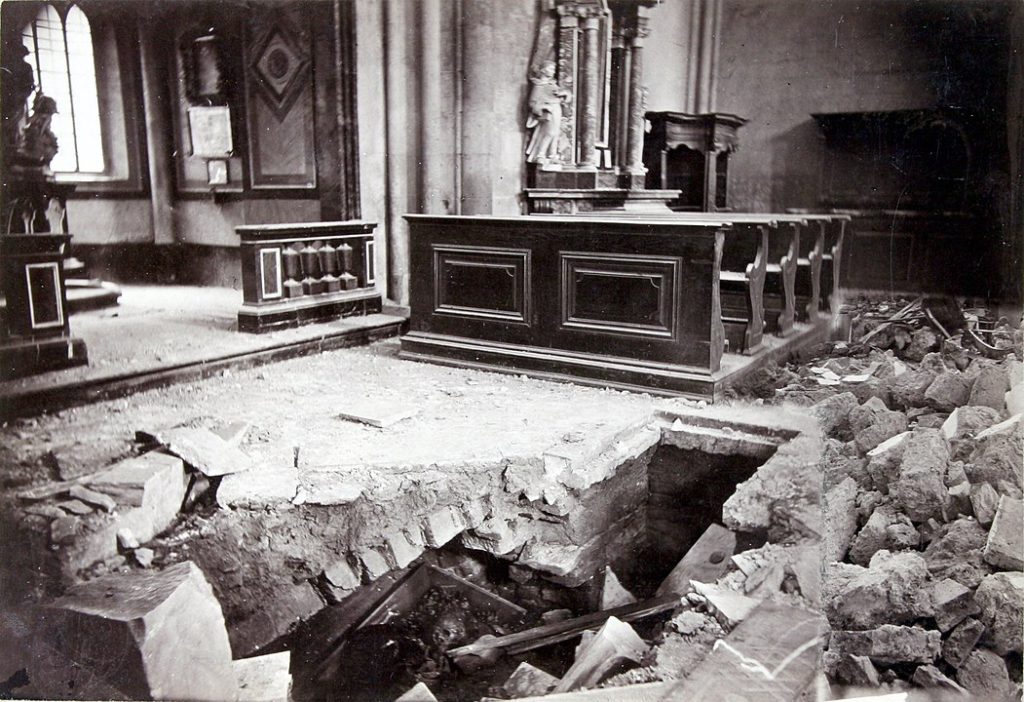
The city was fighting two enemies, two parallel crises that contradicted each other, All of us remember the mothers dressed in nightgowns hugging their newborn babies in a car park in freezing temperatures after a damaged maternity hospital was evacuated. The women and children were moved along with incubators to a new location with the help of the army, health workers, volunteers, and football fan clubs.
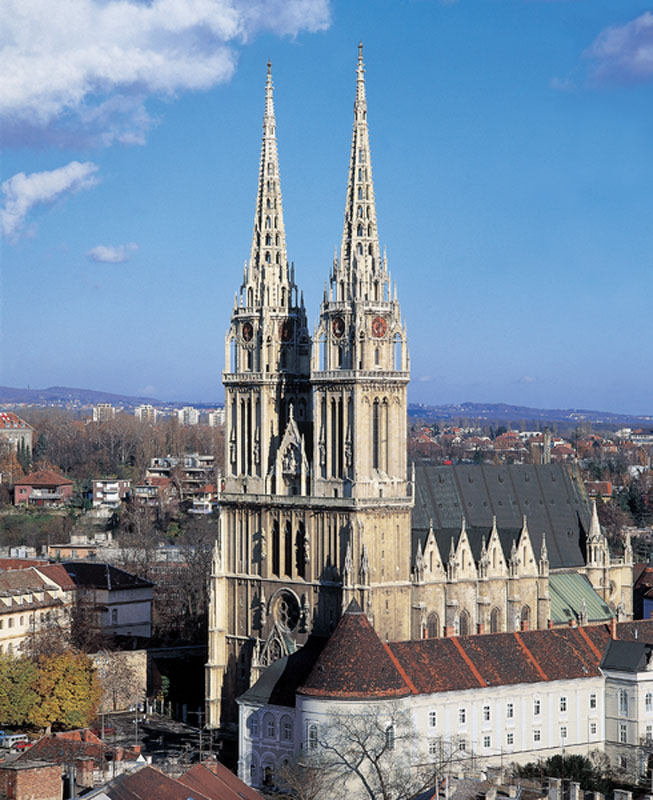
Many cultural institutions and private buildings cracked, and walls and rooftops including educational facilities, museums sustained significant damage, and the famed Zagreb Cathedral – the city’s most famous landmark site – with the top of one of its two spires collapsing.
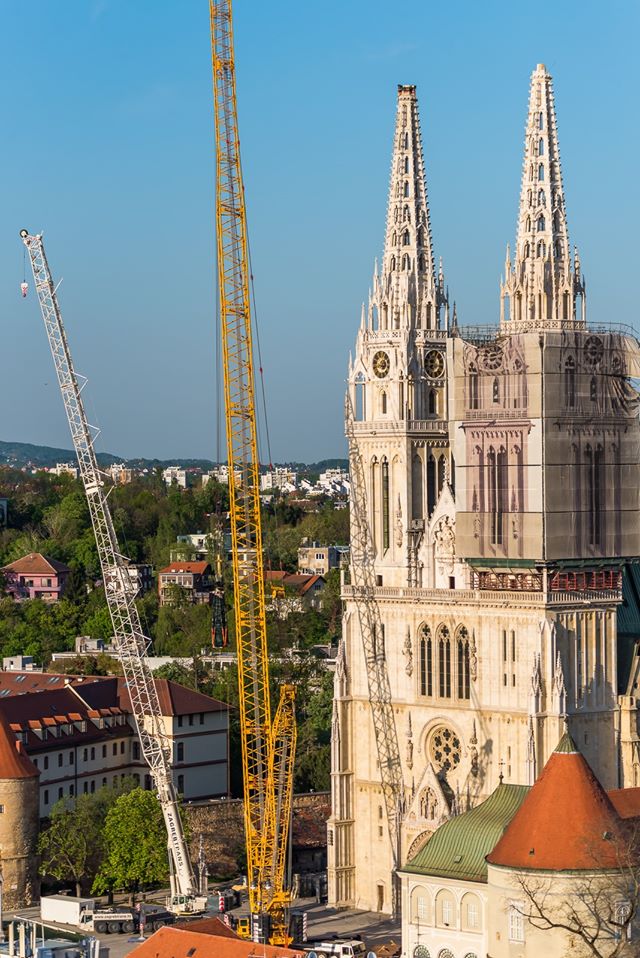
Zagreb Cathedral’s two 350-foot-tall spires make it the tallest building in the city. On that Sunday, however, the top of the southern tower came crashing down, striking the Archbishop’s Palace on its way. The base of the Roman Catholic cathedral dates back to the 11th century, when the Diocese of Zagreb was established. Construction probably began around 1100 and was completed by the year 1217. In 1242, the Mongols invaded the city and heavily damaged the cathedral, which later underwent a major reconstruction. During the 16th century, the city fortified the cathedral with walls and towers; by the 17th century, its square renaissance bell tower was complete. After a major earthquake struck in 1880, the cathedral was completely rebuilt. The Zagreb Cathedral (Croatia) rebuilding in the Neo-Gothic style was led by Hermann Bollé. Workers finished reconstructing the Neo-Gothic structure, including its iconic pair of gold-topped spires, in 1906.
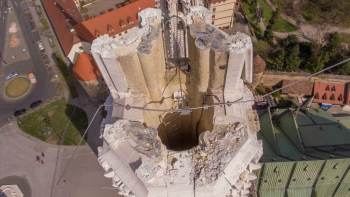
After 140 years, another earthquake damaged its iconic pair of spires on 22nd of March 2020. The architect, Hermann Bollé, whose 94th anniversary of his death is marked on April 17th, precisely the day when one of his spires was carefully taken down for repairs,
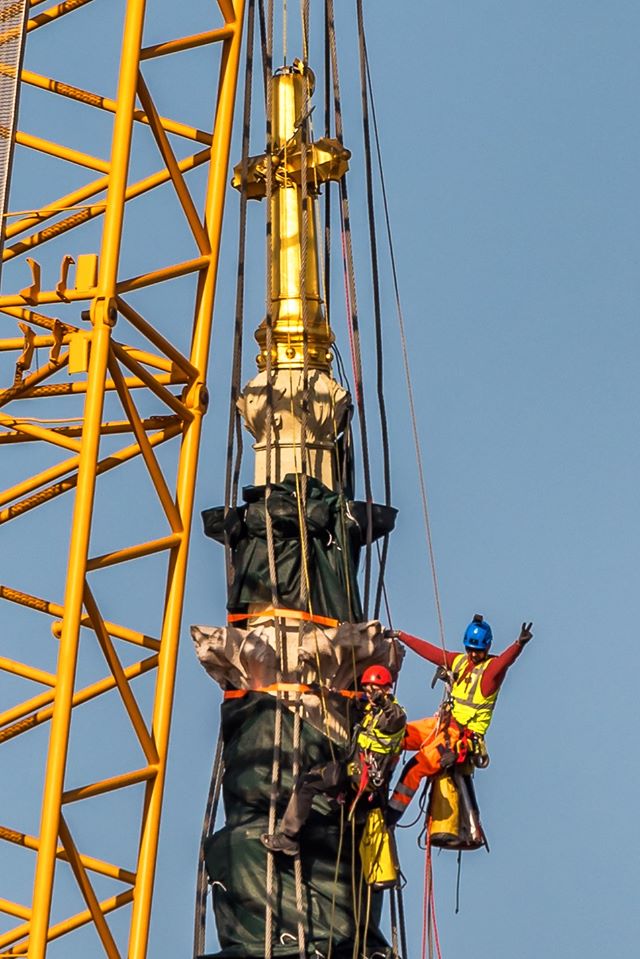
A part of the north spire of Zagreb’s historic cathedral, 13.5 metres tall and weighing some 30 tonnes, was removed as a result of structural engineers’ decision. The top of the damaged northern spire was removed to prevent it from collapsing and causing damage to the cathedral and the area around it. After the tower was separated, a massive crane lowered it to the ground. The part was removed following a controlled explosion at around 6 pm. After repairs, the tip of the spire will be returned to the northern tower.
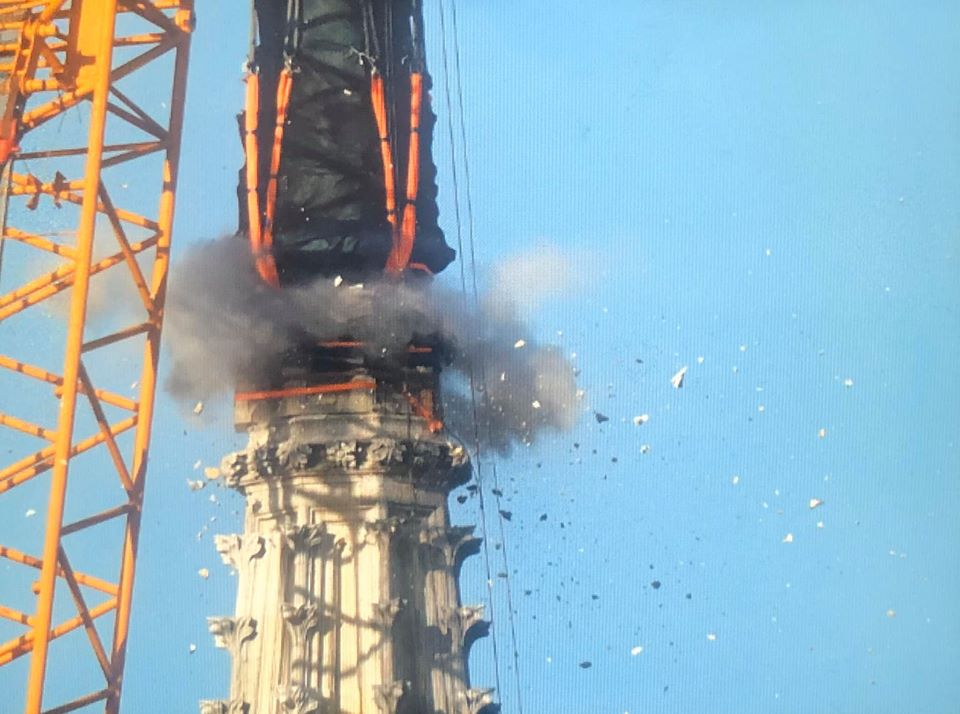
Thanks to multifaceted Croatian Army Climbers, Croatian Army Engineering Unit, led by Lieutenant Colonel Miroslav Car, Military Intelligence, led by the Commander-Major Mario Maslov, supported by a group of cathedral restoration experts led by Mons. Ivan Hren who participated in this historic endeavour,
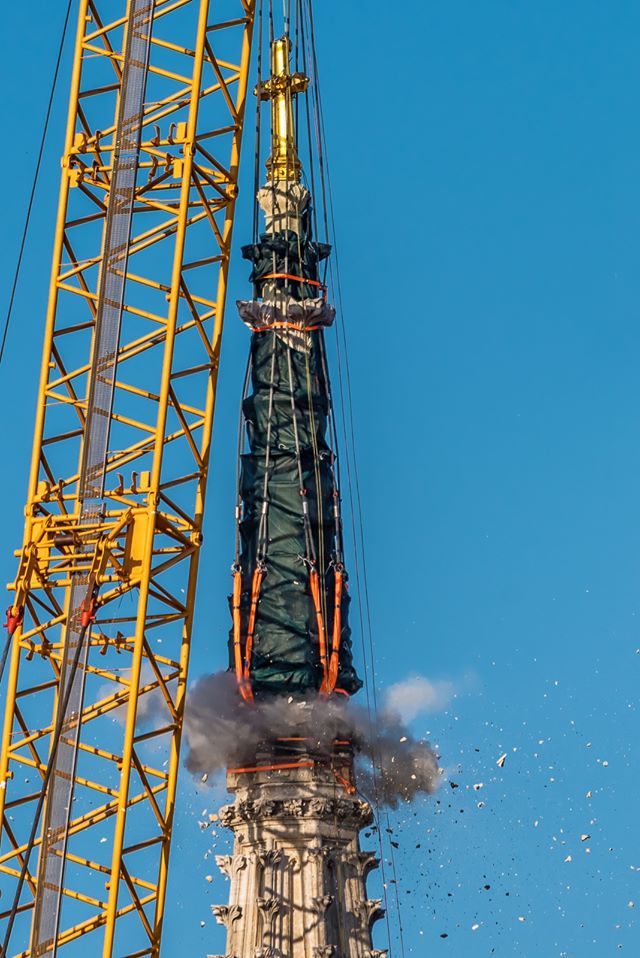
It was a special historic and emotional day of all of us. For the memory.
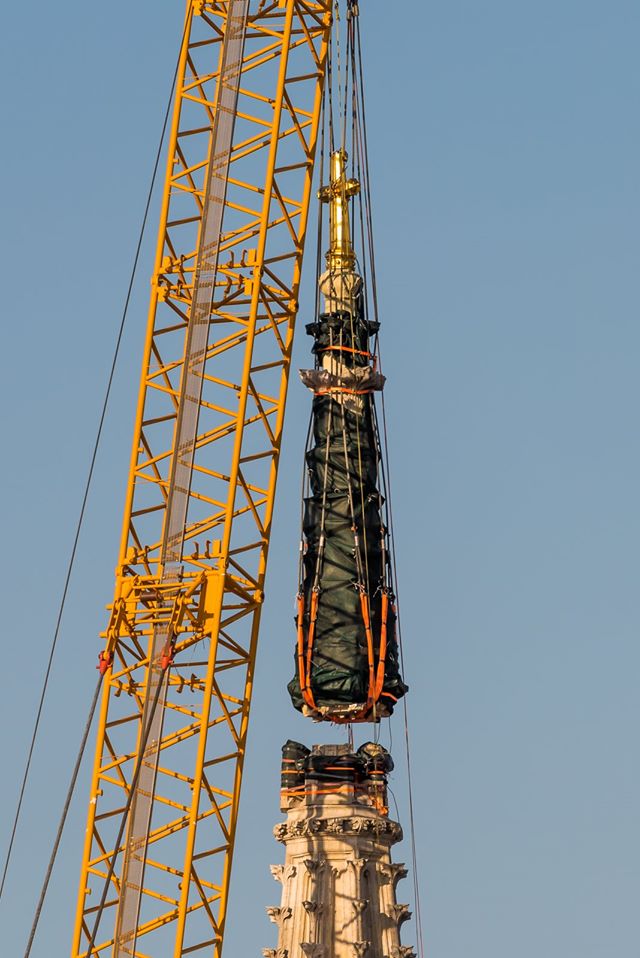
Photos: Alan Grubelic, Cathedral Archive, Josip Ninković, Sanjin Strukić, Croatian television Archive, Public Photos Service.
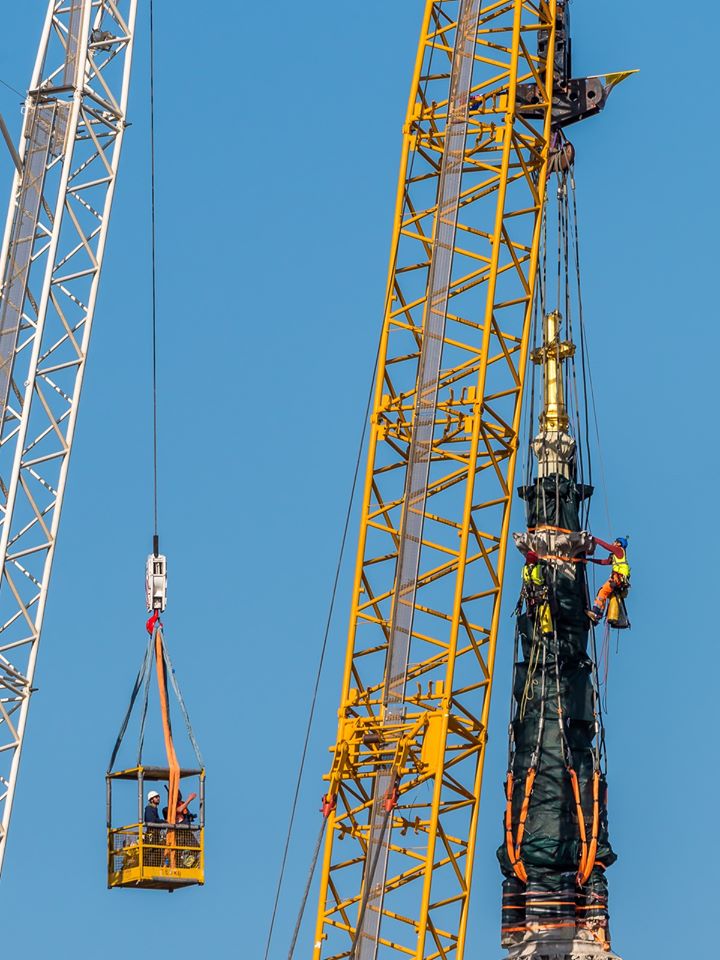
Thanks, Marijana, stay safe and see you in Zagreb soon.
For more on the Zagreb earthquake and aftermath, check out the dedicated TCN section.
